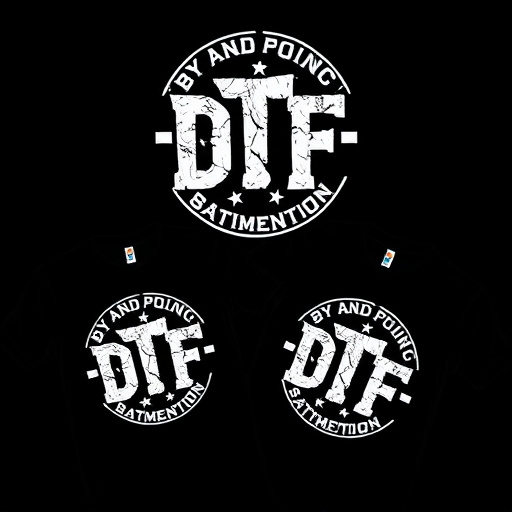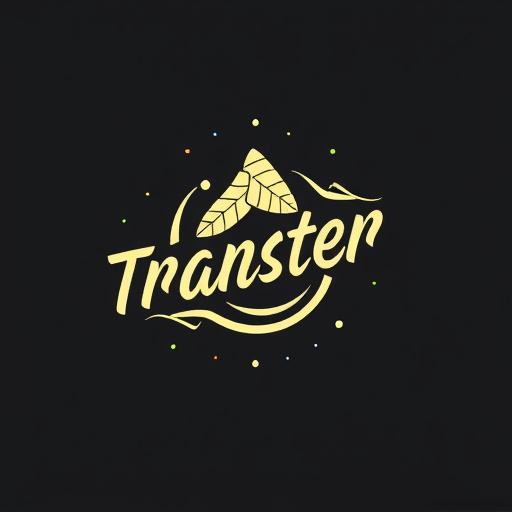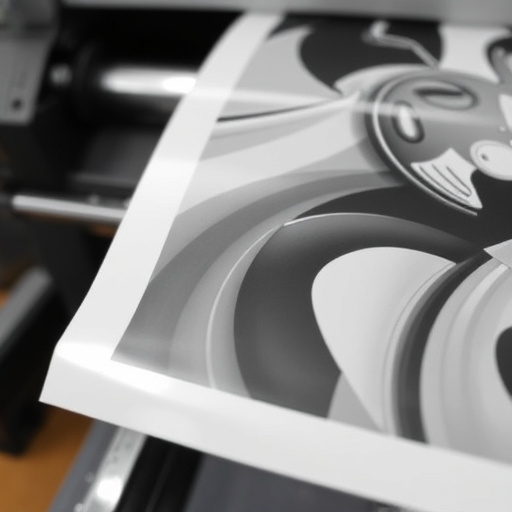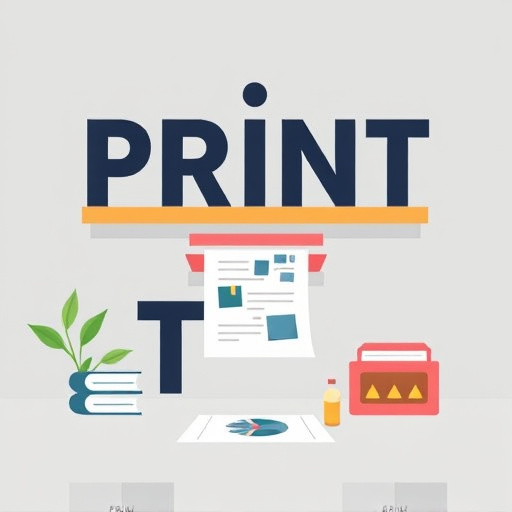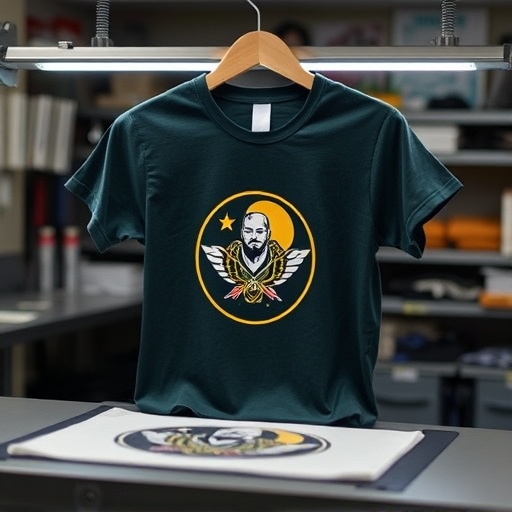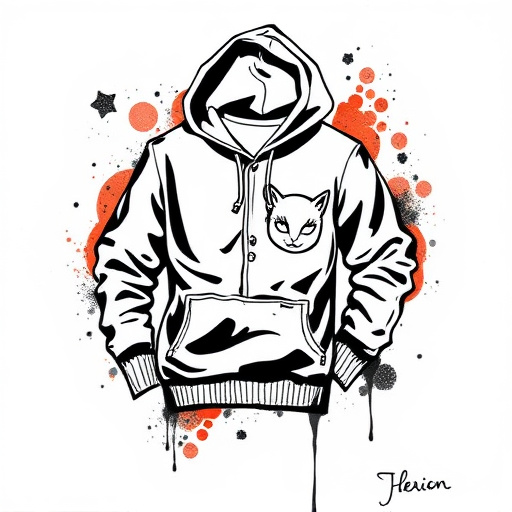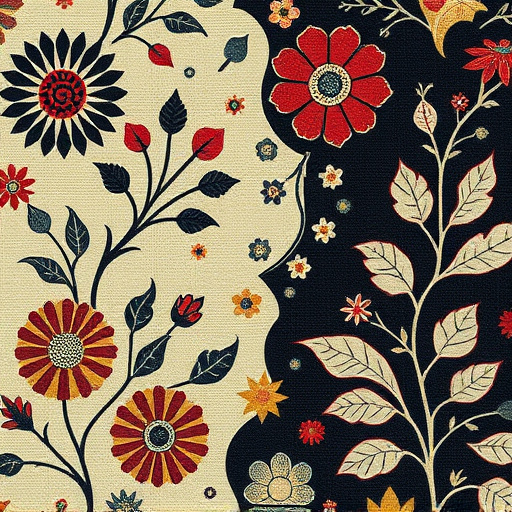Understanding DTF Custom Orders requirements is crucial for clothing brands aiming to create personalized garments. Ensure designs are in specific file formats (vector like AI or EPS), with minimum 300 DPI resolution and CMYK color mode. Provide clear, detailed specifications including design elements, color palettes, material choices, and brand guidelines. Include high-resolution digital files (SVG, PNG, JPG) and specify print colors, fabric type, special requirements, and preferences for accurate interpretation and quality maintenance.
Planning a custom order for DTF (Direct to Fabric) printing? Understanding the submission process is key. This guide navigates the essentials of crafting a successful DTF custom orders package. Start by grasping the specific requirements, then define your product specifications precisely. Ensure you provide all vital supporting documents for a seamless experience. Master these elements, and your order will be on its way to revolutionizing your design vision.
- Understand DTF Custom Orders Requirements
- Define Your Product Specifications Clearly
- Include Necessary Supporting Documents
Understand DTF Custom Orders Requirements
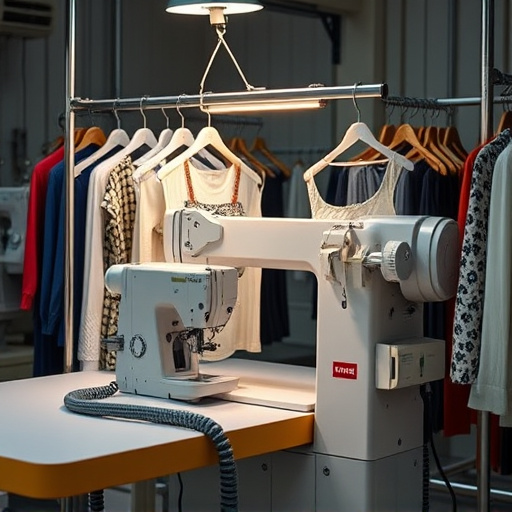
When preparing your DTF Custom Orders submission, understanding the requirements is key to a successful and seamless process. DTF (Direct to Fabric) Custom Orders allow for unique, personalized designs on clothing items, catering specifically to clothing brands looking to offer customized products. This method enables intricate and detailed logos, graphics, or text directly onto fabrics, making it ideal for creating custom t-shirts, among other garments.
To ensure your submission aligns with DTF Custom Orders standards, pay close attention to file format, resolution, and color mode specifications. Typically, files should be in a vector format (like AI or EPS) with a minimum resolution of 300 DPI for optimal print quality. Using the correct color mode, usually CMYK, is essential for accurate representation on final products. Additionally, adhering to brand guidelines for logos and designs is crucial, ensuring that all elements are scalable and suitable for various fabric types and printing methods.
Define Your Product Specifications Clearly
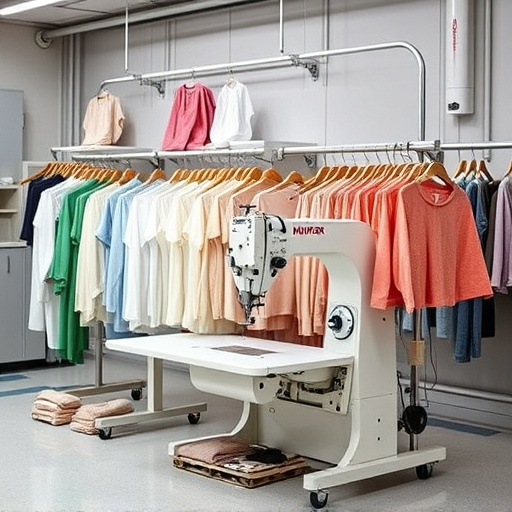
When submitting a DTF Custom Orders request, clarity is key. Define your product specifications precisely to ensure the final outcome aligns perfectly with your vision. This includes detailing the exact design elements, color schemes, and material choices you have in mind. For instance, if you’re ordering personalized hoodies using direct-to-film (DTF) transfer film, specify the artwork, text, and any unique patterns or logos. The more detailed your specifications, the better the chances of achieving a high-quality, on-brand product.
Remember, DTF for apparel manufacturing requires exacting standards. Clearly communicating your design intent allows manufacturers to interpret and execute your vision accurately. This meticulous approach guarantees that the final products, be it custom hoodies or any other item, will not only meet but exceed your expectations.
Include Necessary Supporting Documents
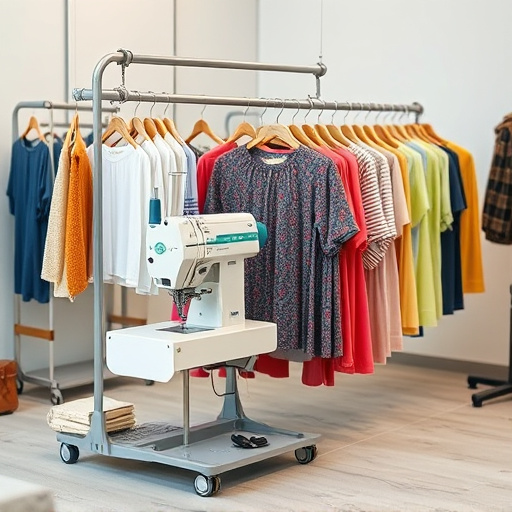
When preparing your DTF Custom Orders submission, it’s crucial to remember that DTF (Direct-to-Fabric Transfer) printing requires specific supporting documents to ensure a smooth and successful process. Include high-resolution digital files of your design, clearly showcasing the artwork intended for printing. This could be in formats like SVG, PNG, or JPG. Additionally, provide detailed specifications regarding the print colors, fabric type, and any special requirements, such as hemming or trimming instructions.
For clothing brands considering DTF for clothing, remember to attach your brand’s logo in a format suitable for printing. This ensures consistency and quality. Furthermore, if you’re targeting dark fabrics, be aware that dft printing techniques may vary slightly, so providing samples or indicating your preference for specific printing methods can aid the production process. Always clarify any DTF meaning uncertainties to ensure accurate interpretation.
When submitting a DTF Custom Orders, ensure you meet all requirements by clearly defining product specifications and providing essential supporting documents. By adhering to these guidelines, you increase your chances of a successful custom order process, allowing for tailored solutions that cater to unique needs and preferences. Remember, meticulous attention to detail is key when navigating the world of DTF Custom Orders.



